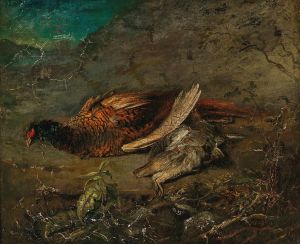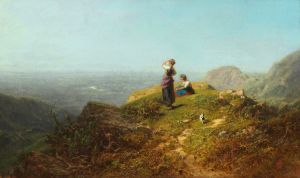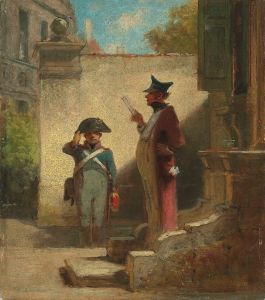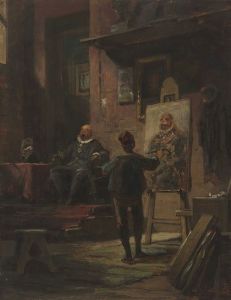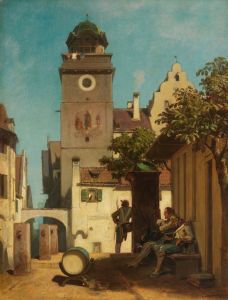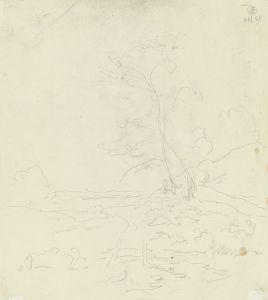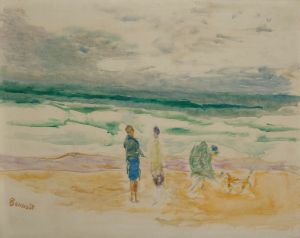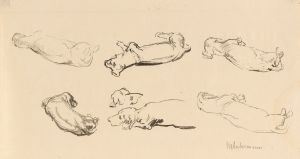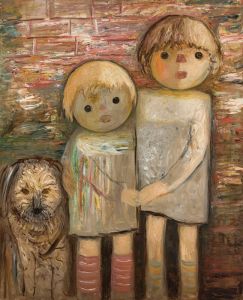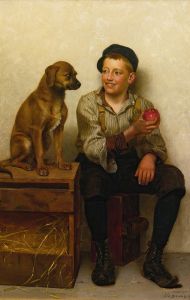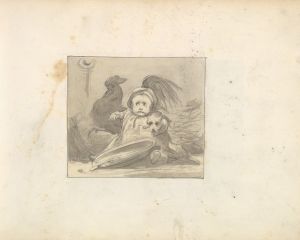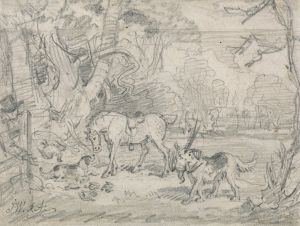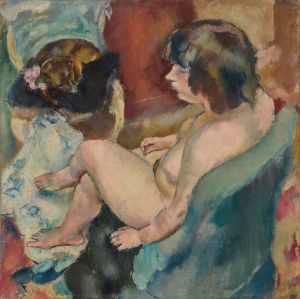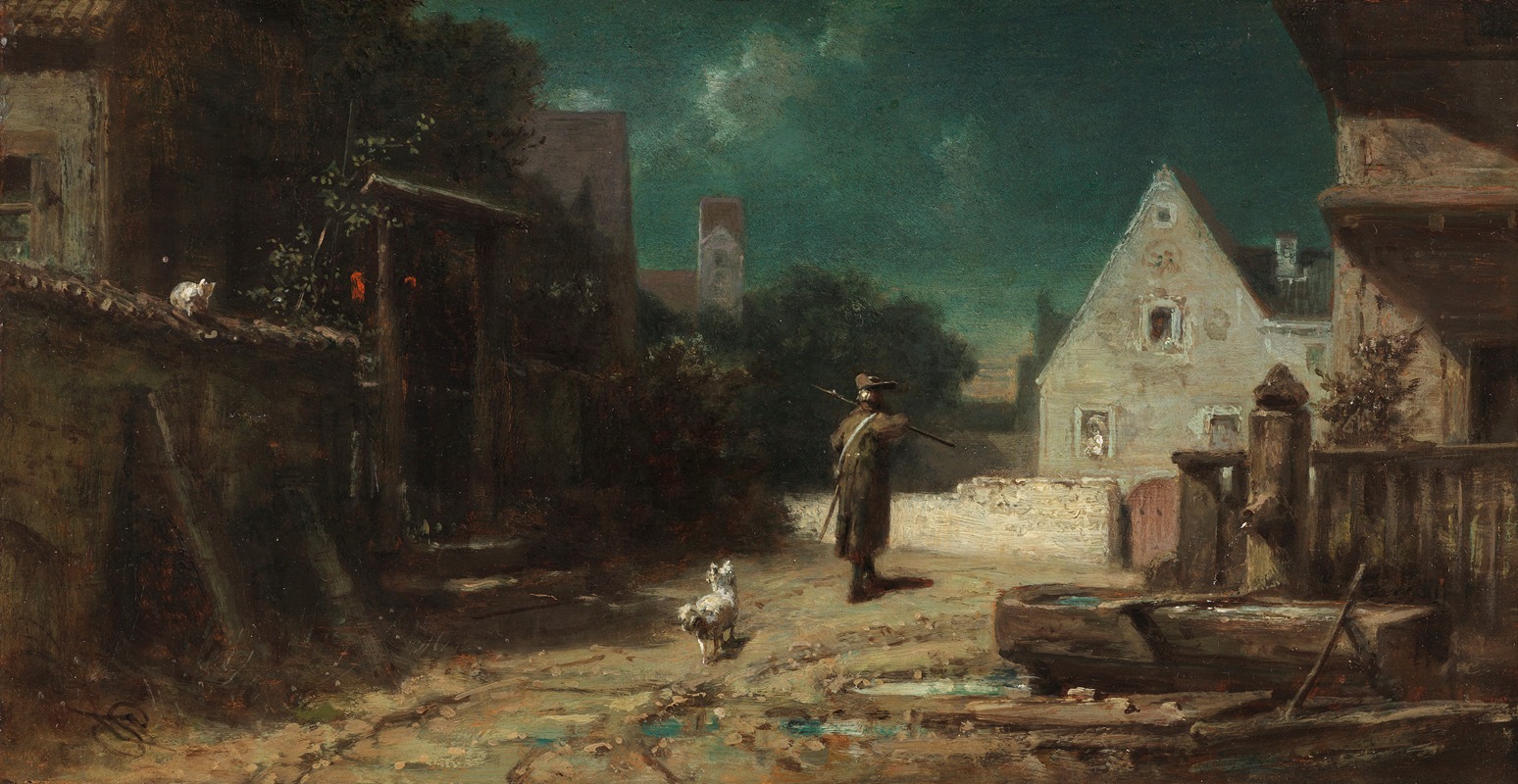
Nachtwächter bei Mondschein, Hund und Katze
A hand-painted replica of Carl Spitzweg’s masterpiece Nachtwächter bei Mondschein, Hund und Katze, meticulously crafted by professional artists to capture the true essence of the original. Each piece is created with museum-quality canvas and rare mineral pigments, carefully painted by experienced artists with delicate brushstrokes and rich, layered colors to perfectly recreate the texture of the original artwork. Unlike machine-printed reproductions, this hand-painted version brings the painting to life, infused with the artist’s emotions and skill in every stroke. Whether for personal collection or home decoration, it instantly elevates the artistic atmosphere of any space.
Carl Spitzweg's painting "Nachtwächter bei Mondschein, Hund und Katze" (translated as "Night Watchman by Moonlight, Dog and Cat") is a notable work by the German Romantic artist, who is renowned for his detailed and often humorous depictions of 19th-century bourgeois life. Spitzweg, born in 1808 in Munich, was initially trained as a pharmacist but later turned to painting, becoming one of the most beloved artists of the Biedermeier period.
The painting "Nachtwächter bei Mondschein, Hund und Katze" exemplifies Spitzweg's characteristic style, which combines a keen eye for detail with a gentle, often whimsical, portrayal of everyday scenes. The artwork captures a night watchman, a common figure in European towns during the 19th century, as he performs his duties under the moonlit sky. The presence of the dog and cat adds a layer of domesticity and charm, typical of Spitzweg's work, which often includes animals to convey a sense of warmth and familiarity.
Spitzweg's use of light and shadow in this painting is particularly noteworthy. The moonlight casts a serene glow over the scene, highlighting the watchman's figure and creating a tranquil atmosphere. This use of lighting not only enhances the visual appeal of the painting but also serves to underscore the quiet, contemplative nature of the night watchman's role. The watchman, depicted with a lantern and a horn, is a solitary figure, yet the presence of the dog and cat suggests companionship and a sense of community, even in the stillness of night.
The painting reflects Spitzweg's interest in the lives of ordinary people and his ability to find beauty and significance in mundane activities. His works often contain subtle social commentary, and "Nachtwächter bei Mondschein, Hund und Katze" can be seen as a reflection on the quiet dignity of the night watchman's work, a profession that, while not glamorous, is essential to the safety and order of the community.
Spitzweg's paintings are characterized by their narrative quality, and this piece is no exception. The viewer is invited to imagine the story behind the scene: the watchman's nightly routine, the interactions between the animals, and the quiet life of the town after dark. This narrative element is a hallmark of Spitzweg's art, which often captures moments of introspection and solitude, inviting viewers to pause and reflect on the simple pleasures and quiet moments of life.
Carl Spitzweg's work, including "Nachtwächter bei Mondschein, Hund und Katze," remains popular for its charming depiction of 19th-century life and its ability to convey universal themes of community, solitude, and the passage of time. His paintings are celebrated for their technical skill, attention to detail, and the warmth and humor with which he portrays his subjects. Today, Spitzweg is regarded as one of Germany's most important Romantic painters, and his works continue to be appreciated for their unique blend of realism and romanticism.





